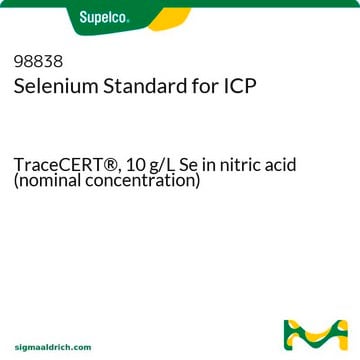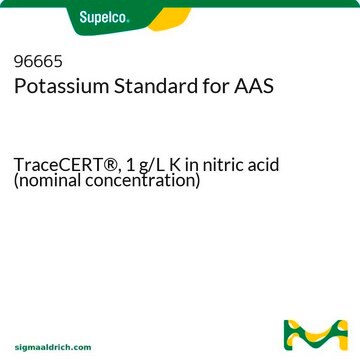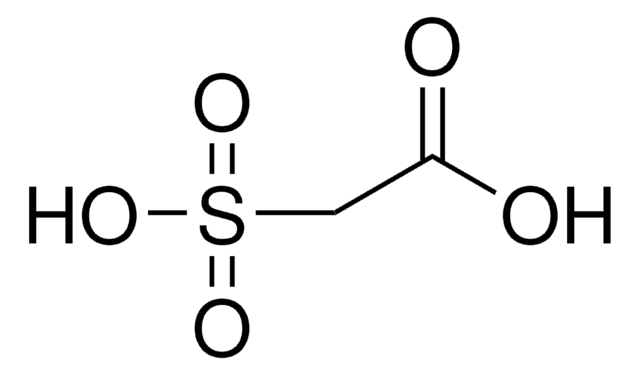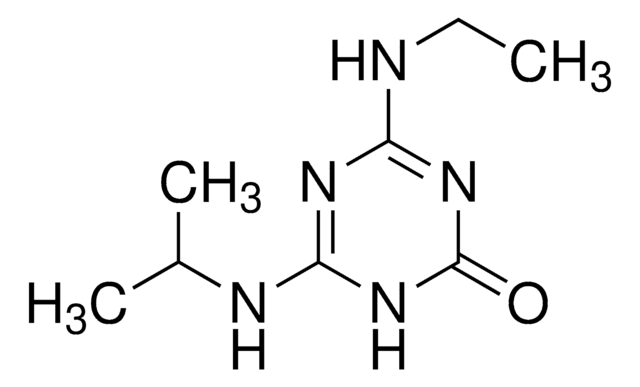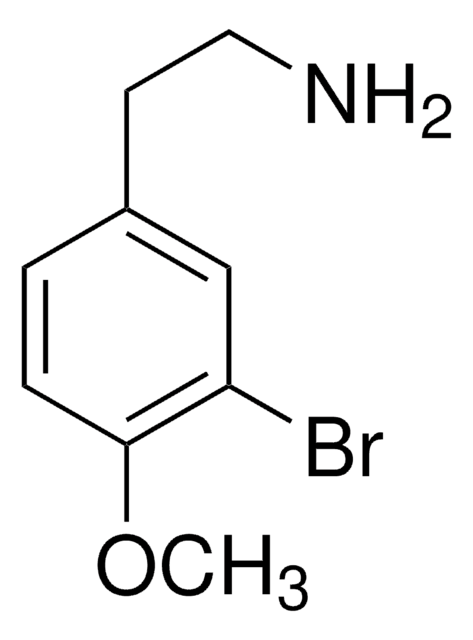C9392
(±)-Coniine
≥98%, liquid
Synonym(s):
2-Propylpiperidine
Sign Into View Organizational & Contract Pricing
All Photos(1)
About This Item
Empirical Formula (Hill Notation):
C8H17N
CAS Number:
Molecular Weight:
127.23
EC Number:
MDL number:
UNSPSC Code:
12352200
PubChem Substance ID:
Recommended Products
Assay
≥98%
form
liquid
color
, clear colorless to yellow-green
density
0.85 g/mL at 25 °C (lit.)
storage temp.
2-8°C
SMILES string
CCCC1CCCCN1
InChI
1S/C8H17N/c1-2-5-8-6-3-4-7-9-8/h8-9H,2-7H2,1H3
InChI key
NDNUANOUGZGEPO-UHFFFAOYSA-N
Application
Coniine, a neurotoxic alkaloid from hemlock, is used in comparative analysis versus other alkaloids that act at the level of the nicotinic acid/nicotinic acetylcholine (nAChR) receptors.
Other Notes
Toxic principle of poison hemlock (racemic modification).
Signal Word
Danger
Hazard Statements
Precautionary Statements
Hazard Classifications
Acute Tox. 3 Dermal - Acute Tox. 3 Inhalation - Acute Tox. 3 Oral - Carc. 2 - Flam. Liq. 3
Storage Class Code
3 - Flammable liquids
WGK
WGK 3
Flash Point(F)
119.3 °F - closed cup
Flash Point(C)
48.5 °C - closed cup
Personal Protective Equipment
dust mask type N95 (US), Eyeshields, Gloves
Choose from one of the most recent versions:
Already Own This Product?
Find documentation for the products that you have recently purchased in the Document Library.
C S Forsyth et al.
Teratology, 48(1), 59-64 (1993-07-01)
Conium maculatum (poison hemlock, CM) is teratogenic in several domestic species, presumably due to its piperidine alkaloids, including coniine, which has been verified to be teratogenic in cattle. Coniine/CM teratogenicity culminates in production of arthrogryposis. The purpose of this study
D Rizzi et al.
Nephrology, dialysis, transplantation : official publication of the European Dialysis and Transplant Association - European Renal Association, 6(12), 939-943 (1991-01-11)
In the past, hemlock poisoning was only known for its neurotoxic effects; quite recently non-neurological features, consisting of rhabdomyolysis and acute renal failure, have been also described. Here we report our experience with these clinical findings, which we frequently observe
F D Galey et al.
Journal of veterinary diagnostic investigation : official publication of the American Association of Veterinary Laboratory Diagnosticians, Inc, 4(1), 60-64 (1992-01-01)
Cattle in two herds developed signs of bloating, increased salivation and lacrimation, depression, respiratory distress, ataxia, and death after ingestion of hay that contained large amounts of poison hemlock (Conium maculatum). Twenty of 30 Angus cows and calves were affected
Nutrition borne myolysis; an uncommon cause of myolysis in Europe.
R Tzanetea et al.
Upsala journal of medical sciences, 105(3), 255-257 (2001-03-23)
T J Wilkinson et al.
Organic letters, 2(2), 155-158 (2000-05-18)
[reaction: see text] Sequences of lithiation-substitution, enantioselective hydrogenation, and diastereoselective lithiation-substitution provide efficient highly enantioselective syntheses of 2-substituted and cis and trans 2,6-disubstituted piperidines. The methodology is demonstrated by syntheses of (-)-coniine, (-)-solenopsin A, and (-)-dihydropinidine as their hydrochlorides.
Our team of scientists has experience in all areas of research including Life Science, Material Science, Chemical Synthesis, Chromatography, Analytical and many others.
Contact Technical Service

